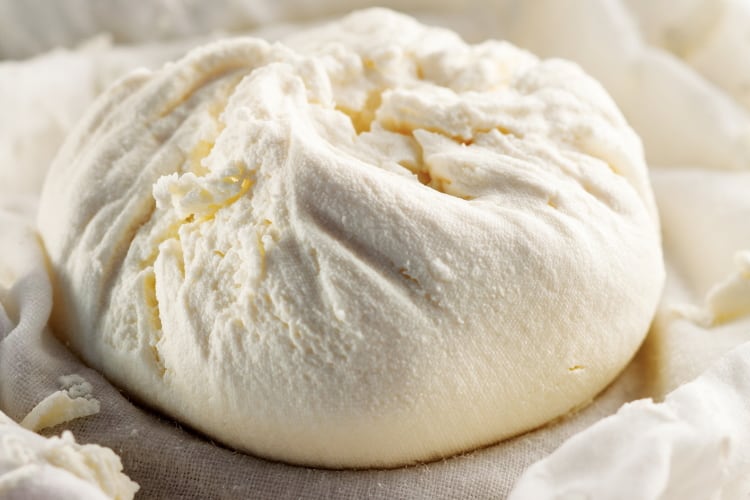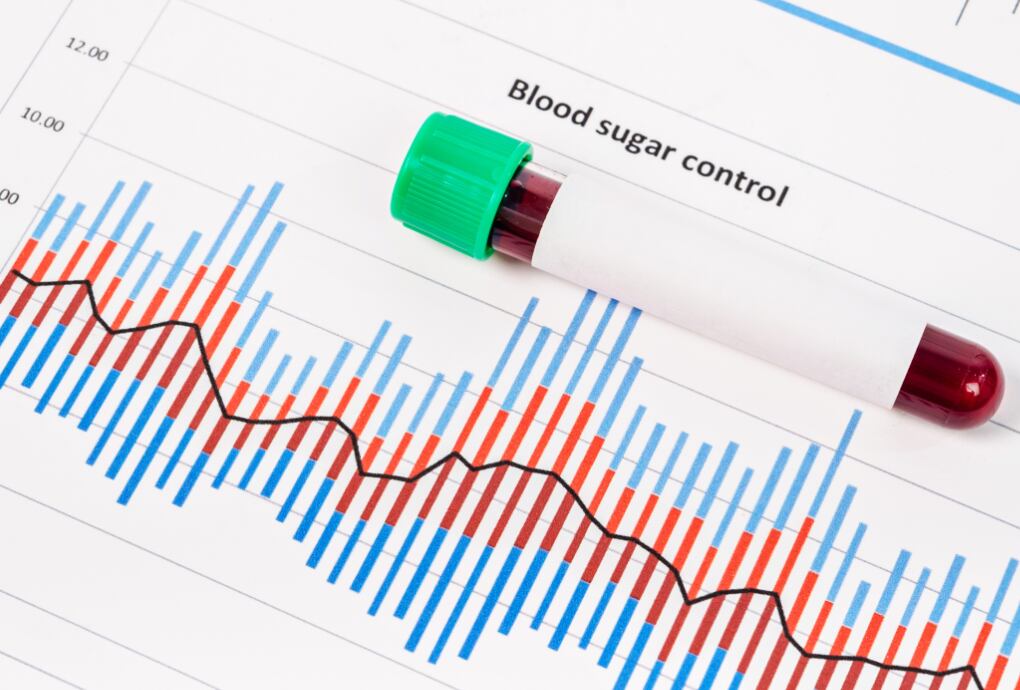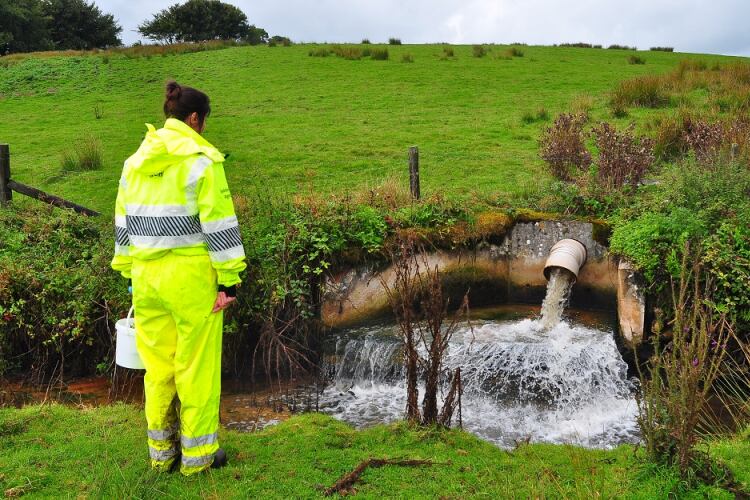Global cheese prices increased for a tenth consecutive month in August, according to the Food and Agriculture Organization of the United Nations. Import demand has remained steady as have sales, but the shrinking global milk supply has now long posed the question of how producers and distributors could appease a strong demand for dairy.
Well, in the case of cheese, the answer to keeping blocks of cheddar or soft goat cheese on supermarket shelves for longer could be found in whey. This cheese by-product so often discarded as waste during production could instead be utilized in the manufacture of active packaging that can increase cheese shelf life by up to 50%.
The method promotes circularity in packaging and cheese production, but there’s more – active ingredients derived from whey fermentation can double-up as probiotic additives for animal feed.
Washed off and recycled
The discovery was made through research into functional coating for plastic film packaging carried out by technological institute for plastics AIMPLAS, which was technical coordinator; University of Valencia, who separated and studied bacteria with antifungal potential for the project; agri-food business federation FEDACOVA; La Cabezuela and Dehesa Dos Hermanas, two Spanish cheese companies who evaluated the packaging requirements for goat and sheep cheese respectively; and ADM Biópolis, who ensured the functional ingredients derived from whey could also be added to livestock feed.
Meanwhile, creating this novel type of packaging isn’t too complex either, and the whey-containing plastic wrap remains recyclable. “The active coating can be applied to any type of packaging applied using conventional printing technologies - flexography and/or gravure printing,” explained Alicia Naderpour, researcher in AIMPLAS packaging department. “The coating does not affect the recyclability of the packaging since it’s a water-based coating, so it can be removed in the recycling process, in the washing stage.”
The catch is that ‘whey’ must be included as an ingredient on the label, as per European Commission regulations for active ingredients used in food packaging.
But just how much packaging can be made through this process? The short answer is ‘a lot’. “We have calculated that for printing 63,000 linear meters of coil with the developed active coating, 1kg of whey is required," Naderpour said. "This means that to obtain 262,500 [pieces of] active packages, a kilo of whey is being revalued.”
Extended shelf life
The research has determined that shelf-life can be increased between 25% and 50%, and the difference in performance varies based on whether there are other preservatives in the cheese itself. “The objective was to extend the shelf life of the cheese between 25% and 50% according to the ingredients commonly use in the manufacture of cheese,” Naderpour told DairyReporter. “For cheeses manufactured with synthetic additives such as preservatives, the shelf life will be extended by 25%, while for cheeses that do not contain this type of additive, the objective is to extend their shelf life by 50% through active packaging.”
While this research was focused on creating shelf life-extending packaging for cheeses in particular, the methodology can be applied to uncover antimicrobial strains that could be used in the packaging of other dairy and non-dairy products. “The validation tests…have been carried out against the fungal strain that mainly affects cheese - Penicillium,” Naderpour confirmed. “So, to apply the technology to other types of dairy products, we must consider the type of fungal strain that mainly affects dairy products, and validate the antifungal activity of the active packaging against this type of strain.”
Naturally, dairy-free cheesemakers cannot benefit from this type of whey-containing packaging, but Naderpour says that the door is open if there is demand. “We could work with this market trying to find another type of waste that is generated in the food industry and with potential antifungal activity,” she told us.
AIMPLAS has recently obtained prototype packaging and is currently working on expanding this in scale. “We are carrying out validation tests on the active packaging prototypes obtained,” Naderpour concluded. “The next step would be to optimize the process on industrial scale, which may take approximately three months.”



